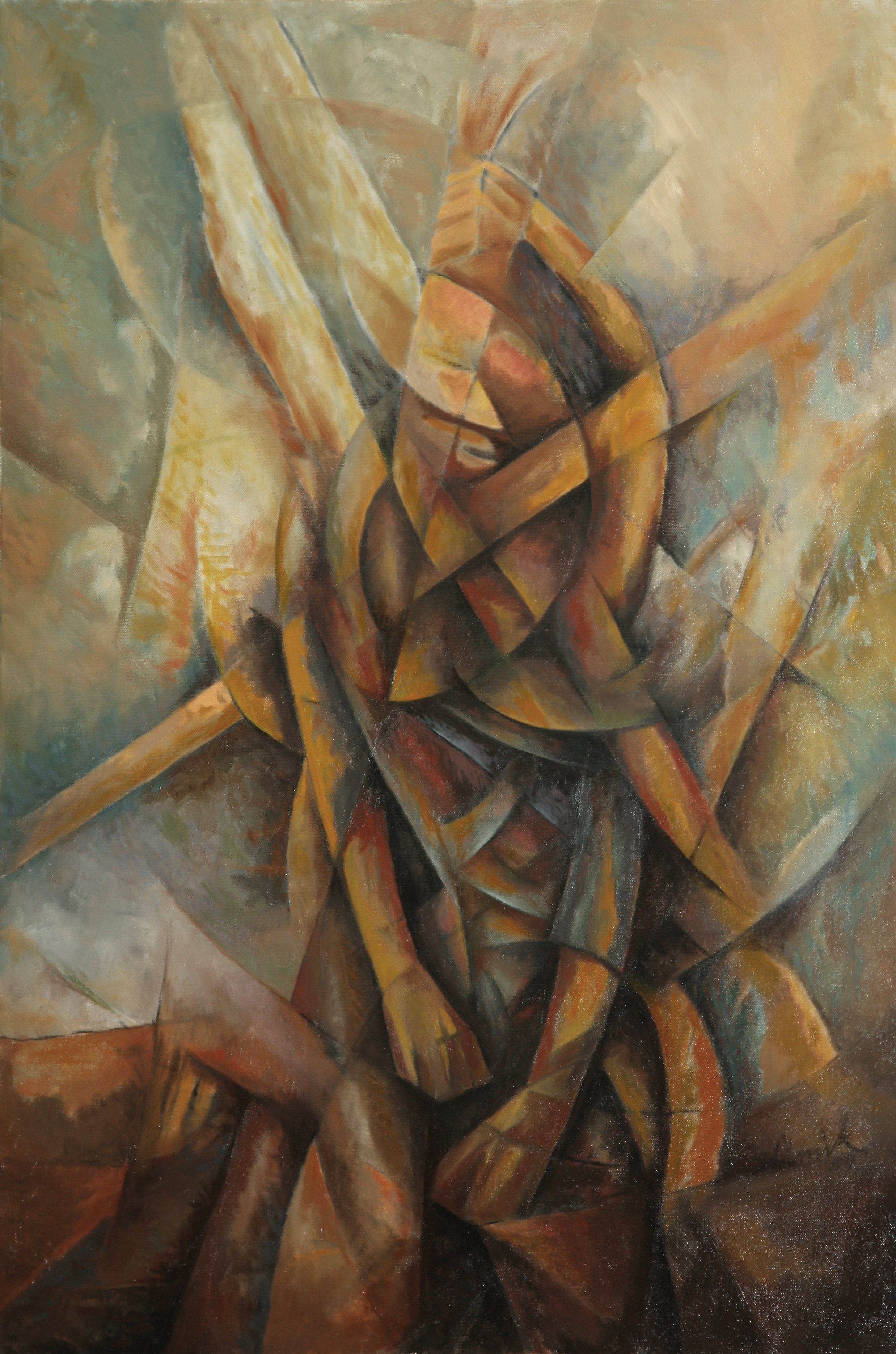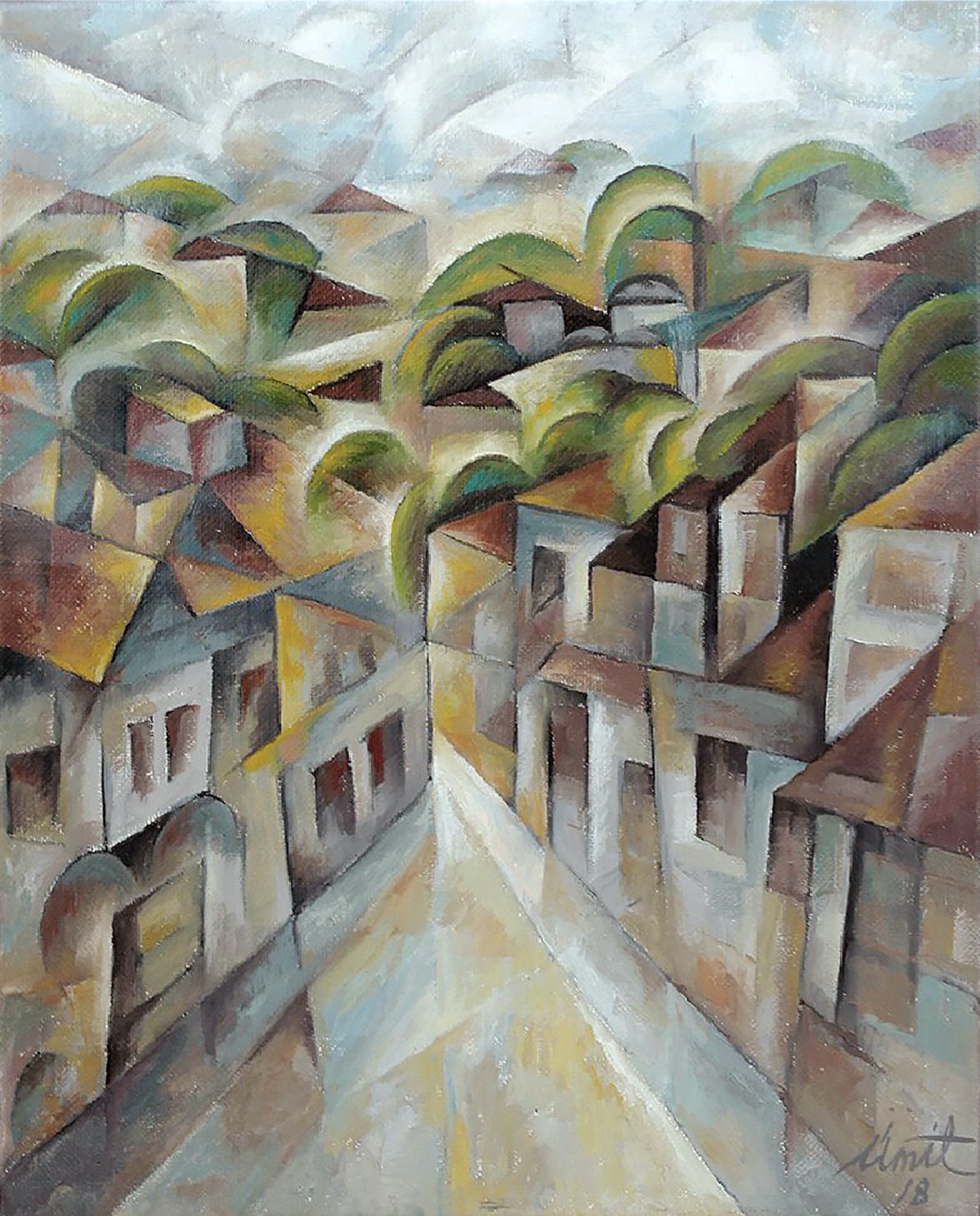ÜMIT ERZURUMLU
“If music and mathematics were brothers and the wind and noise were relatives, we are the relative of everything. In my painting, I am in search of the relationships among the branches of the whole family tree, an entity travelling among them. As if the thoughts in my mind were chasing the words. The instrumentalist is accompanying the rhythm of the music while I am painting. I hear the heart beating of the fighters when I am drawing them. As for painting landscapes, I can listen to the screams of the roofs against the blowing of the wind.”
Ümit Erzurumlu was born in Sivas in 1974 and became recognized in his home country with his futurist style of painting. He studied fine art at Marmara University in 1992. During this time he took courses on print painting from Mustafa Aslıer and Fevzi Karakoç leading him to set up his own studio in 1996.
Acid etching printing, also known as etching,





